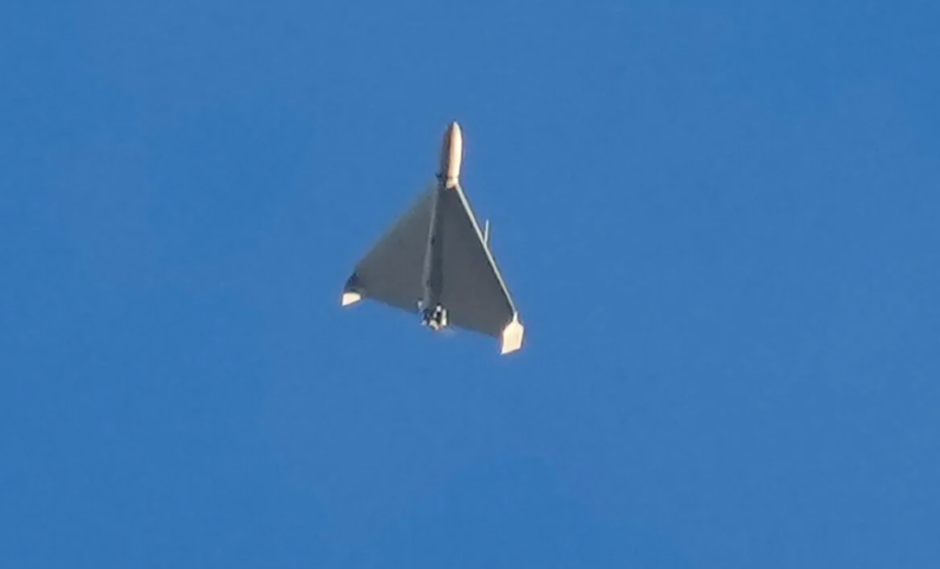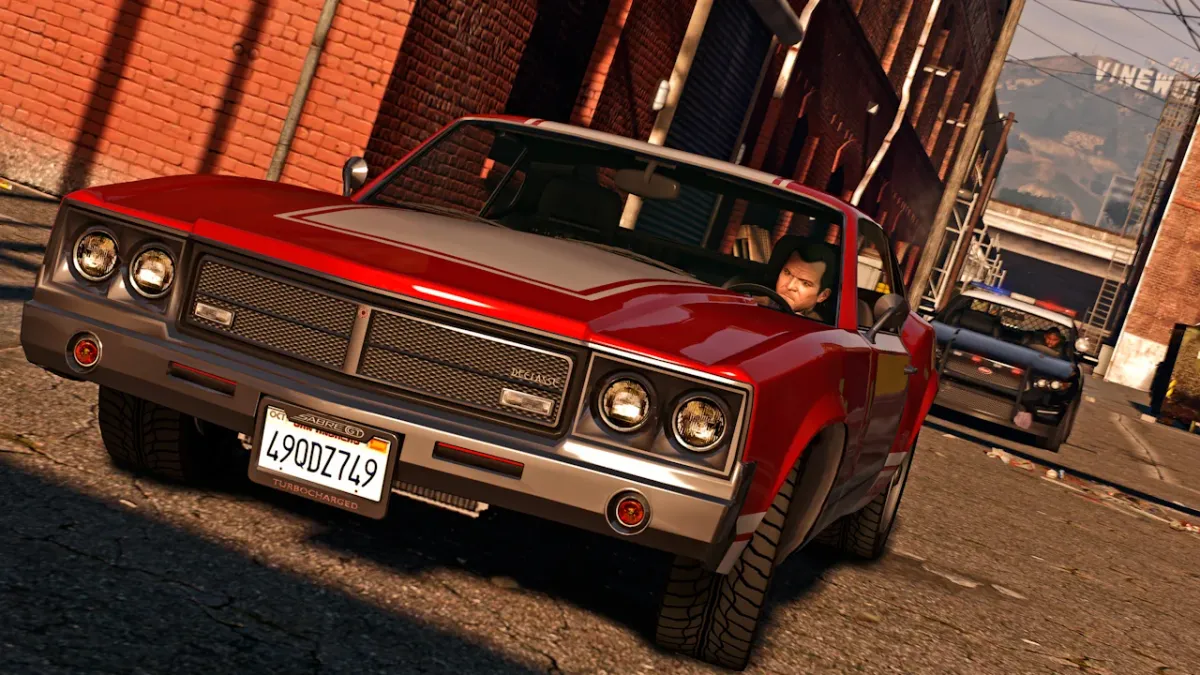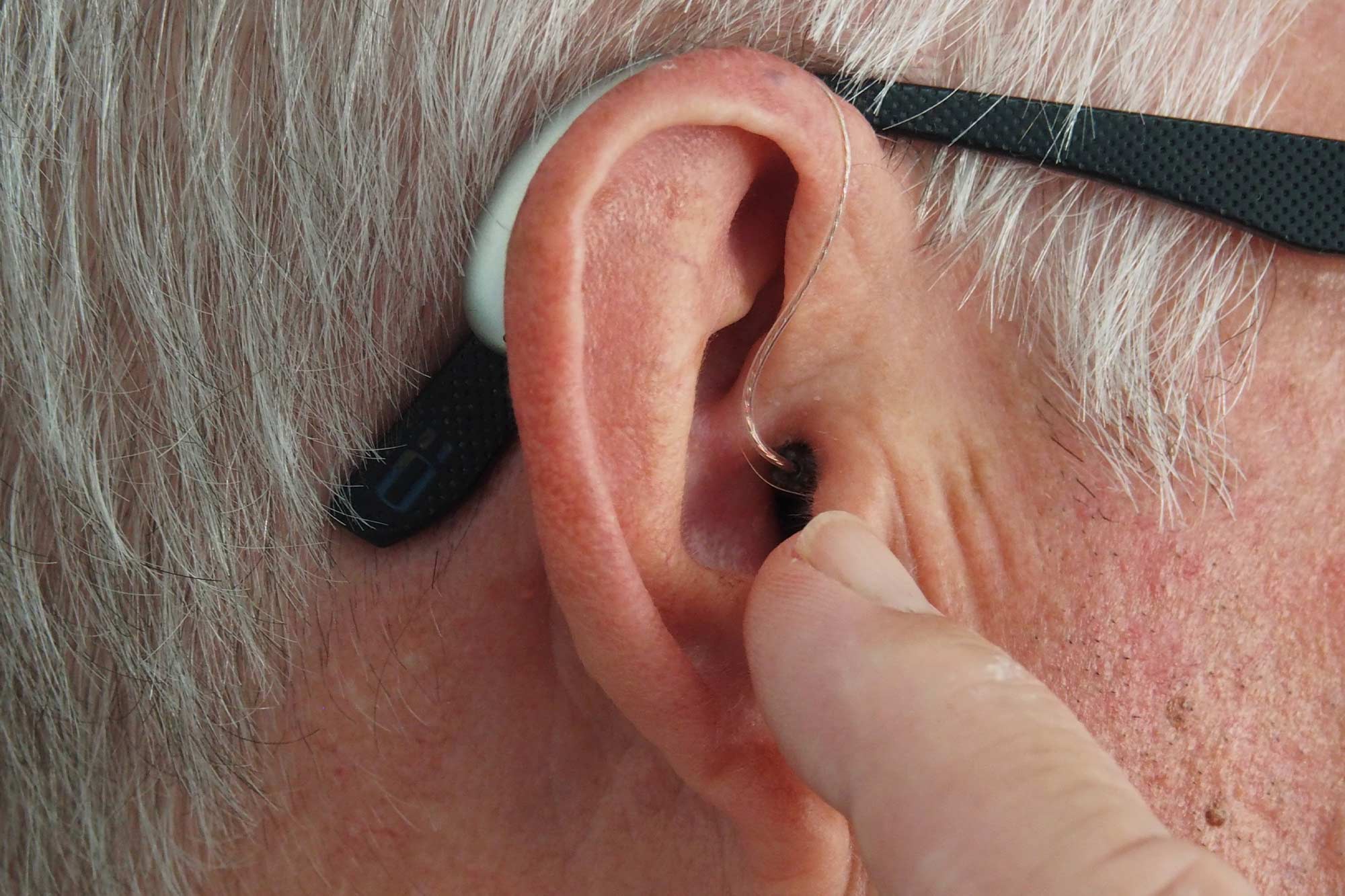Those driving an electric car for the first time regularly report amazement at the sudden torque and easy dynamic acceleration – among other things, this is the main reason these people never return to internal combustion engine cars. However, very few people have experienced in their lives what it is like when a car reaches a speed of 100 km / h from a completely stationary position in two seconds or even faster. In order to have such an experience, we need to be friends with the Rimac Nevera, which is currently the fastest production street car in the world. The Croatian supercar needs just 1.85 seconds to accelerate from zero to sixty mph, or 96 km/h. But is that all he really knows?
The Drive Magazine Its reporter met Mateja Rensch, chief engineer for Rimac, at Monterey Car Week in California and asked him the question: What is the theoretical acceleration time an electric super sports car can achieve? According to Reinisch, the electric supercars of the future could reach 96 km / h in less than a second, but this was not always a goal. The Croatians designed their supercar to be a complex vehicle that’s not just meant to go around a racetrack and set records. If this is the goal, it is possible that the acceleration time is already indicated by a lower number in the Nevera datasheet. However, it is different, for safety reasons, that the potential of a high-performance electric motor may not be fully exploited.
Do you use an electric car?












































